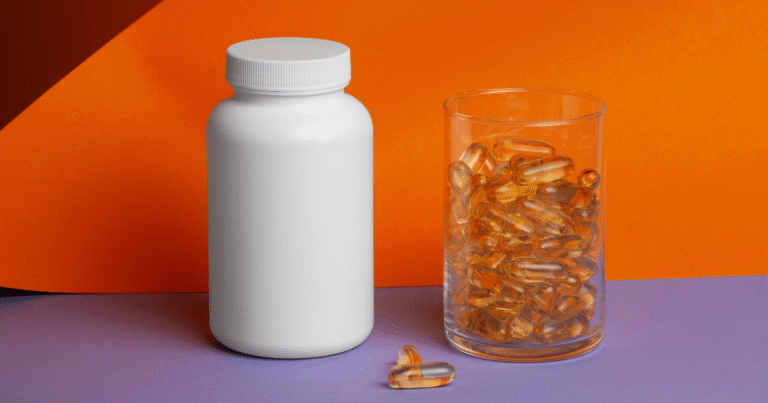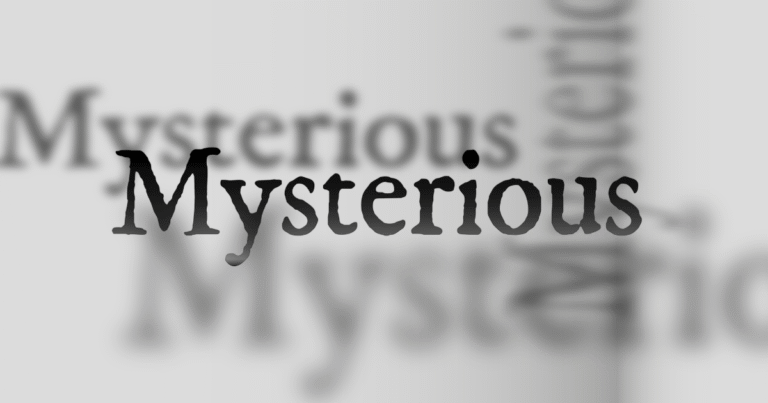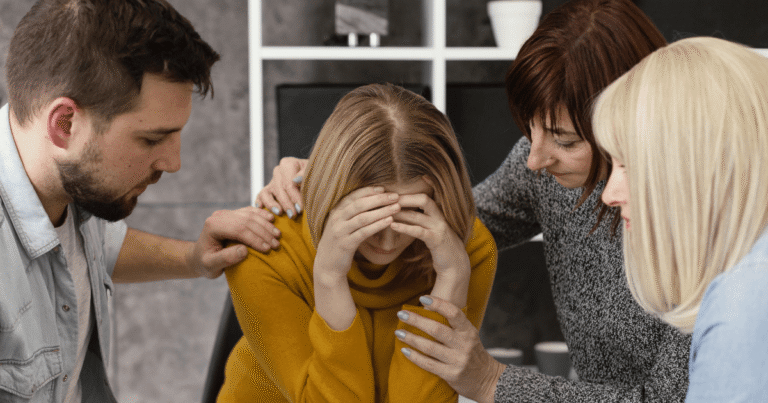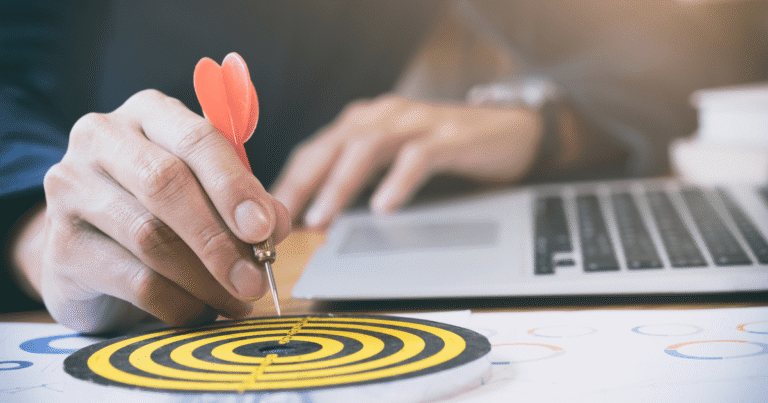The Complete Guide to the Liebowitz Social Anxiety Scale PDF: Free Download, Scoring, and Understanding Your Results
Wondering if your social fears might indicate something more serious? The Liebowitz Social Anxiety Scale (LSAS) is the gold standard tool for measuring social anxiety severity, trusted by mental health professionals worldwide.
If you’re searching for a Liebowitz Social Anxiety Scale PDF, you’re taking an important step toward understanding your social anxiety. This comprehensive guide provides everything you need to know about this validated assessment tool, including how to access it, complete it accurately, and interpret your results responsibly.
Important Note: While this guide provides educational information about the LSAS, any significant anxiety symptoms should be discussed with a qualified healthcare provider for proper evaluation and treatment.
What Is the Liebowitz Social Anxiety Scale?
The Gold Standard for Social Anxiety Assessment
The Liebowitz Social Anxiety Scale (LSAS) is a 24-item questionnaire developed by Dr. Michael Liebowitz in 1987 at Columbia University. It remains the most widely used and validated tool for measuring social anxiety severity in both clinical and research settings.
Why the LSAS is trusted by professionals:
- Extensively validated across diverse populations
- Used in virtually all major social anxiety research studies
- Recommended by clinical practice guidelines
- Sensitive to treatment changes over time
- Available in multiple languages and cultural adaptations
What Makes the LSAS Unique
Dual measurement approach: Unlike simple anxiety questionnaires, the LSAS measures two critical components for each situation:
- Fear/Anxiety Level: How much distress you experience in the situation
- Avoidance Frequency: How often you avoid or escape from the situation
This dual approach provides a comprehensive picture of social anxiety’s impact, capturing both the emotional experience and behavioral consequences.
Situation categories: The 24 items are divided into two types:
- Social Interaction Situations (11 items): Interpersonal scenarios like parties, meeting new people, or having conversations
- Performance/Observation Situations (13 items): Being watched or evaluated, such as public speaking, eating in public, or being the center of attention
Accessing the Liebowitz Social Anxiety Scale PDF
Free and Legitimate Sources
Where to find the LSAS PDF:
- Academic psychology and psychiatry websites
- Mental health organization resources
- University clinic assessment libraries
- Professional psychology training materials
Important considerations when downloading:
- Ensure you’re using the original, validated version
- Look for sources that include proper scoring instructions
- Verify the PDF includes both self-report and clinician versions if available
- Check that copyright information is properly attributed
Understanding Different Versions
LSAS versions available:
- LSAS-CA (Clinician Administered): Original version administered by a mental health professional
- LSAS-SR (Self-Report): Self-administered version that’s equally valid for screening purposes
- LSAS-CA-SR: Hybrid version that can be used both ways
For personal use: The self-report version (LSAS-SR) is most appropriate for individual assessment and is what most Liebowitz Social Anxiety Scale PDF downloads contain.
Complete Instructions for Taking the LSAS
Before You Begin
Optimal conditions for taking the assessment:
- Set aside 15-20 minutes in a quiet, private space
- Consider your experiences over the past week (not your entire lifetime)
- Be honest about your actual experiences, not how you think you “should” feel
- Don’t overthink your responses—go with your first instinct
Mental preparation:
- Remember this is for your own understanding and potential discussion with a healthcare provider
- There are no “right” or “wrong” answers
- The goal is accurate self-assessment, not achieving a particular score
Step-by-Step Scoring Instructions
For Each of the 24 Situations:
Step 1: Rate Your Fear/Anxiety Level Consider how much fear, anxiety, or distress you typically experience in this situation:
- 0 = None: No anxiety or fear whatsoever
- 1 = Mild: Slight nervousness that doesn’t significantly impact you
- 2 = Moderate: Noticeable anxiety that causes discomfort but is manageable
- 3 = Severe: Intense anxiety that significantly impacts your ability to function in the situation
Step 2: Rate Your Avoidance Frequency Consider how often you avoid or try to escape from this situation:
- 0 = Never (0%): You never avoid this situation due to anxiety
- 1 = Occasionally (1-33%): You sometimes avoid this situation, but not usually
- 2 = Often (33-67%): You frequently avoid this situation
- 3 = Usually (67-100%): You almost always avoid this situation when possible
Sample LSAS Items and How to Rate Them
Example 1: “Telephoning in public”
- If calling someone while others can hear makes you moderately nervous (rating: 2) and you often avoid making calls in public spaces (rating: 2), you would score 4 total for this item.
Example 2: “Participating in small groups”
- If small group discussions cause severe anxiety (rating: 3) but you usually force yourself to participate anyway (rating: 1), you would score 4 total for this item.
Example 3: “Being the center of attention”
- If being the focus of attention causes mild anxiety (rating: 1) and you occasionally avoid situations where this might happen (rating: 1), you would score 2 total for this item.
Calculating Your Total Score
Final scoring steps:
- Add up all your Fear/Anxiety ratings (0-72 possible)
- Add up all your Avoidance ratings (0-72 possible)
- Add these two subtotals together for your final LSAS score (0-144 possible)
Subscale scores: You can also calculate separate scores for:
- Social Interaction subscale: Items 5, 7, 8, 9, 11, 13, 15, 17, 19, 21, 23
- Performance subscale: Items 1, 2, 3, 4, 6, 10, 12, 14, 16, 18, 20, 22, 24
Understanding Your LSAS Results
Standard Severity Ranges
Widely accepted interpretation guidelines:
| Score Range | Severity Level | What This Means |
|---|---|---|
| 0-29 | Minimal/No Social Anxiety | Normal social nervousness that doesn’t significantly impact daily life |
| 30-49 | Mild Social Anxiety | Some social discomfort that occasionally affects your activities |
| 50-64 | Moderate Social Anxiety | Regular social anxiety that interferes with some life areas |
| 65-79 | Marked Social Anxiety | Significant social anxiety affecting multiple life domains |
| 80-94 | Severe Social Anxiety | Extensive social anxiety causing major life impairment |
| 95-144 | Very Severe Social Anxiety | Extreme social anxiety severely limiting daily functioning |
Clinical Significance Cutoff Points
Important threshold scores:
- Score of 30+: Suggests possible Social Anxiety Disorder and warrants professional evaluation
- Score of 60+: Often indicates generalized social anxiety affecting most social situations
- Score of 80+: Typically indicates severe impairment requiring professional treatment
Research findings:
- Average LSAS score for people without social anxiety: 15-20
- Average score for people diagnosed with Social Anxiety Disorder: 70-85
- Treatment is typically recommended for scores above 30
- Significant improvement in treatment is defined as a 30% reduction in score
Subscale Analysis
Social Interaction vs. Performance Anxiety:
If your Social Interaction score is higher:
- You may struggle more with informal conversations and relationships
- Parties, dating, and casual social gatherings may be particularly challenging
- One-on-one conversations might feel especially difficult
If your Performance score is higher:
- You may have specific performance anxiety rather than generalized social anxiety
- Public speaking, presentations, and being observed might be your main concerns
- You might be comfortable in casual social settings but anxious when “performing”
If both scores are similarly high:
- You likely have generalized social anxiety affecting multiple areas
- Both interpersonal and performance situations cause significant distress
- This pattern often indicates more severe social anxiety disorder
What Your Score Means for Treatment
When to Seek Professional Help
Definitely consider professional evaluation if:
- Your total score is 30 or above
- Your anxiety significantly impacts work, school, or relationships
- You’re avoiding important life activities due to social fear
- You’re using alcohol or other substances to cope with social situations
- Your anxiety has persisted for several months
Types of effective treatment:
- Cognitive Behavioral Therapy (CBT): Most effective treatment for social anxiety
- Exposure therapy: Gradually facing feared social situations with professional guidance
- Group therapy: Practice social skills in a supportive environment
- Medication: SSRIs and other medications when appropriate
Using Your LSAS Results in Treatment
How mental health professionals use LSAS scores:
- Baseline assessment: Establishing severity before treatment begins
- Treatment planning: Identifying which situations to target first
- Progress monitoring: Regular retesting to measure improvement
- Treatment completion: Determining when significant improvement has been achieved
Sharing your results:
- Bring your completed LSAS to your first appointment with a mental health professional
- Discuss which specific situations are most problematic for you
- Use your scores to track progress over time
- Be honest about any changes in your symptoms
Important Limitations and Considerations
What the LSAS Cannot Do
The LSAS is not:
- A diagnostic tool that can definitively diagnose Social Anxiety Disorder
- A substitute for professional mental health evaluation
- Able to rule out other mental health conditions
- Designed to assess anxiety in children under 16
Remember:
- Social anxiety can co-occur with depression, other anxiety disorders, or autism spectrum conditions
- Physical health issues can sometimes mimic or worsen anxiety symptoms
- Cultural factors may influence how social anxiety is experienced and expressed
- Some medications and substances can affect anxiety levels
Factors That May Affect Your Score
Consider whether any of these apply:
- Recent major life changes or stressors
- Physical health problems or medication changes
- Substance use (alcohol, caffeine, etc.)
- Sleep deprivation or irregular sleep patterns
- Hormonal changes or medical conditions
Cultural considerations:
- Social norms vary across cultures regarding eye contact, assertiveness, and social interaction
- What’s considered “normal” social behavior differs between communities
- Language barriers may affect interpretation of some items
- Cultural values about individual vs. group harmony may influence responses
Beyond the Assessment: Next Steps
If Your Score Indicates Significant Social Anxiety
Immediate steps you can take:
- Schedule an appointment with a mental health professional who specializes in anxiety disorders
- Research local therapists who offer CBT or exposure therapy for social anxiety
- Connect with support groups either in-person or online
- Educate yourself about social anxiety disorder and evidence-based treatments
Questions to ask potential therapists:
- What experience do you have treating social anxiety disorder?
- Do you use exposure therapy or CBT in your practice?
- How do you typically measure progress in treatment?
- What’s your approach to working with LSAS scores?
Building a Support System
Finding appropriate help:
- Look for therapists certified in anxiety disorder treatment
- Consider group therapy specifically for social anxiety
- Explore online therapy options if in-person feels too intimidating initially
- Ask about sliding scale fees or insurance coverage for mental health services
Self-help resources that complement professional treatment:
- Workbooks specifically designed for social anxiety (like “The Shyness and Social Anxiety Workbook”)
- Apps for anxiety management and exposure practice
- Online communities and support groups
- Educational books about social anxiety and treatment
Retaking the LSAS: Monitoring Your Progress
When to Reassess
Recommended retesting schedule:
- Before treatment: Establish baseline severity
- 4-6 weeks into treatment: Early progress assessment
- 3 months: Mid-treatment evaluation
- 6 months: Long-term progress measurement
- Annually: Maintenance and relapse prevention
Interpreting score changes:
- 30% reduction: Considered clinically significant improvement
- 50% reduction: Substantial improvement indicating successful treatment
- Score below 30: Often indicates remission of social anxiety disorder
Using Scores to Guide Treatment Decisions
Working with your therapist to interpret changes:
- Identify which specific situations have improved most
- Determine which areas still need focused attention
- Adjust treatment goals based on progress patterns
- Celebrate improvements while maintaining realistic expectations
Digital Tools and Apps
Technology to Support Your Assessment
Helpful digital resources:
- Apps that remind you to track anxiety levels daily
- Digital journals for recording social situations and responses
- Online CBT programs that incorporate LSAS-style assessments
- Virtual reality exposure therapy programs (with professional guidance)
Benefits of digital tracking:
- More frequent monitoring than just formal assessments
- Real-time data about your anxiety patterns
- Easy sharing of information with your treatment team
- Motivation through visible progress tracking
Research and Validation
Scientific Foundation of the LSAS
Research supporting the LSAS:
- Validated across dozens of countries and cultures
- Used in over 1,000 published research studies
- Proven sensitive to treatment effects in clinical trials
- Demonstrates excellent reliability and validity statistics
Ongoing research:
- Studies examining LSAS performance in different populations
- Research on digital and app-based versions
- Investigation of cultural adaptations and translations
- Development of shorter screening versions
Your Journey Forward
Making the Most of Your LSAS Results
Remember that:
- Your score is a starting point for understanding, not a permanent label
- Social anxiety is highly treatable with appropriate professional help
- Millions of people have successfully overcome severe social anxiety
- Small improvements in scores often represent significant life changes
- Recovery is a process that takes time, patience, and often professional support
Key takeaways:
- The Liebowitz Social Anxiety Scale PDF is a valuable tool for understanding your social anxiety severity
- Scores above 30 suggest you would benefit from professional evaluation
- The scale measures both fear and avoidance, providing a complete picture
- Your results can guide treatment decisions and help monitor progress
- Professional help is available and effective for social anxiety
Taking Action
Whether your LSAS score indicates mild social nervousness or severe social anxiety disorder, you’ve taken an important step by seeking to understand your experience. Use this information as a bridge to getting appropriate help, building social confidence, and creating the connected, fulfilling life you deserve.
Your next step: If your score suggests significant social anxiety, consider reaching out to a mental health professional who specializes in anxiety disorders. Your courage in taking this assessment is the first step toward the social freedom and confidence that’s possible for you.







